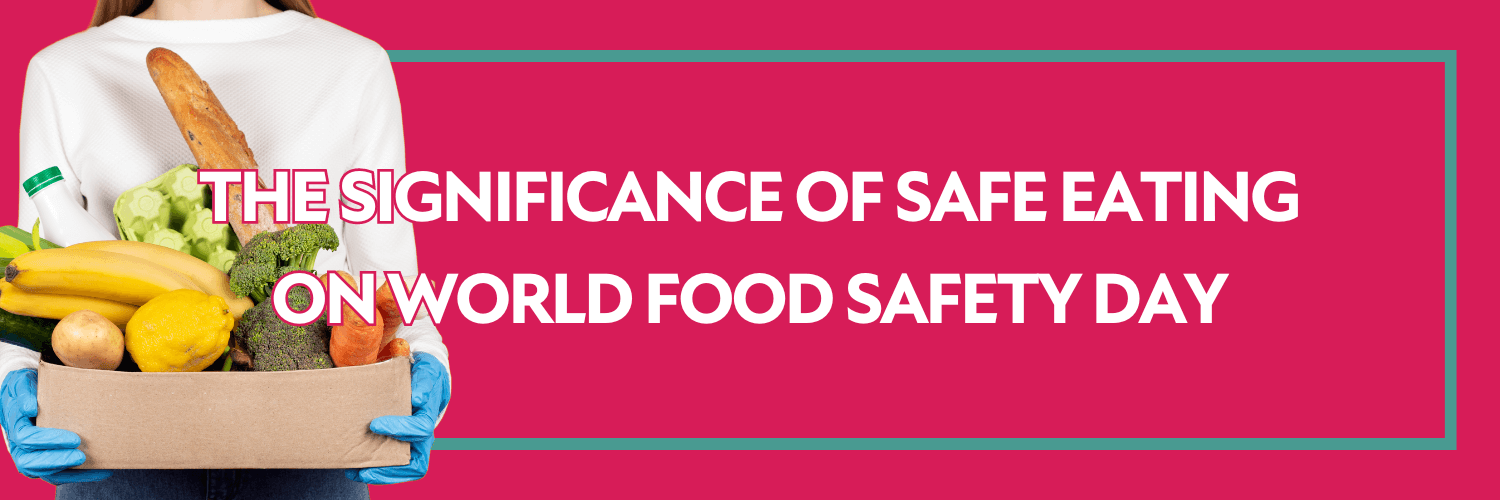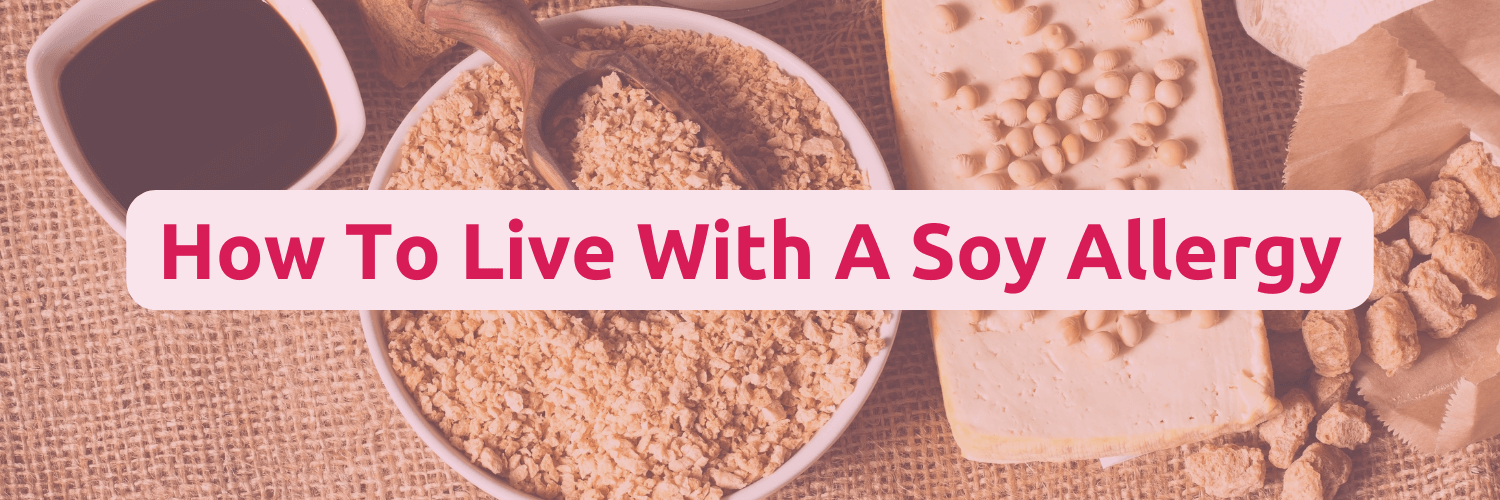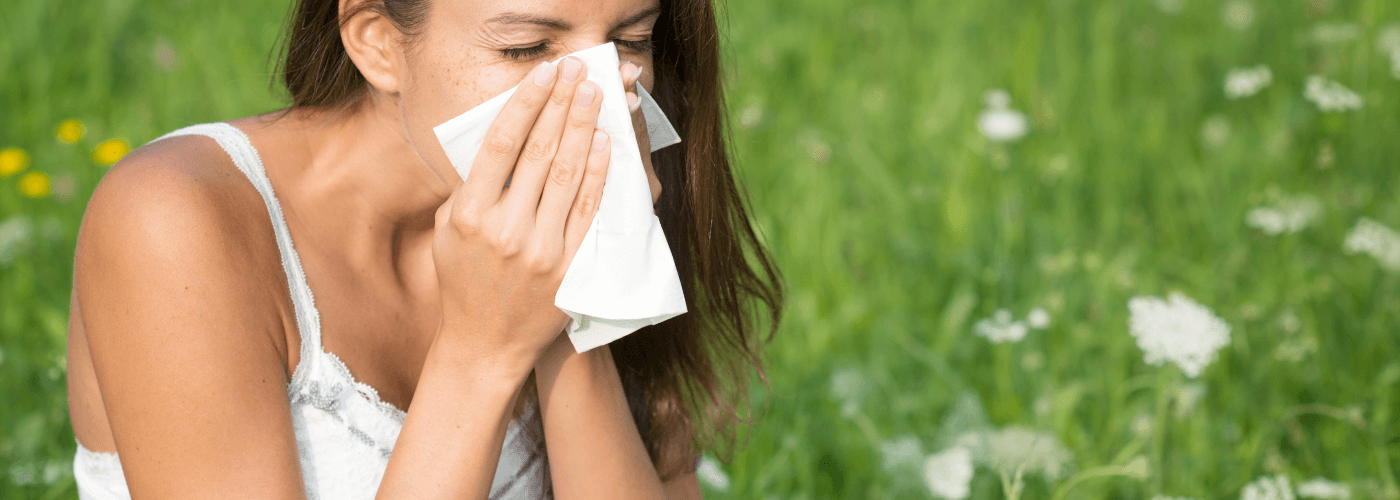
Hay fever (allergic rhinitis) is a common condition with symptoms similar to that of a cold. But unlike a cold, hay fever is an allergic reaction to environmental allergens like pollen, animal dander, dust mites, and moulds. When these allergens come into contact with your eyes and nose, that’s when you start experiencing the symptoms of hay fever. It is common to see an association between hay fever and the spring season, and that’s because spring is when airborne grass pollen is at its peak. This type of allergic rhinitis is also known as seasonal allergic rhinitis or spring hay fever. However, you need to realise that hay fever can occur at any time of the year.
The most common cold-like hay fever symptoms include runny nose, congestion, and sinus pressure. The reason why some people only have hay fever during spring is because of the type of environmental elements that trigger their allergies. People with year-round symptoms do so because they suffer from perennial allergic rhinitis. Perennial allergic rhinitis is usually caused by a reaction to allergens like house dust mites, animal dander, occupational allergens, and moulds.
Symptoms of hay fever
Even though some people have hay fever symptoms throughout the year, those allergic to pollen have severe symptoms when the pollen count is high. The most common symptoms of hay fever include:
- An itchy, runny, and blocked nose
- Itchy, watery eyes
- Sneezing
- Itchy throat
Severe symptoms of hay fever may include:
- Headaches
- Sweats
- Facial pain caused by blocked sinuses
- Loss of smell and taste
- Itchiness spreading from the throat to the nose and ears
Sometimes hay fever symptoms can become severe such that one can’t concentrate or sleep and may feel overwhelmingly tired and unwell. People with asthma may experience more wheezing and breathlessness when they have hay fever.
What causes hay fever?
As discussed above, hay fever symptoms often occur when environmental allergens touch our eyes or get in the nose. For example, the nose acts as a filter. It contains mucus and hairs lining up the nasal passages, which help trap pollen, dust, and other microscopic particles. Pollen is a powdery substance produced by plants as part of their reproductive cycle, and it contains proteins that can cause an allergic reaction. When you’re allergic to pollen, it will mean that pollen trapped in your nasal passage will cause you to have some reaction.
An allergic reaction is mainly defined as the immune system treating harmless substances as if they’re dangerous. When the immune system “thinks” there is danger, it launches an attack on that substance. So, your nasal passage will have repercussions for your immune system. The nasal passages become inflamed and more mucus is produced.
Pollen types by month UK
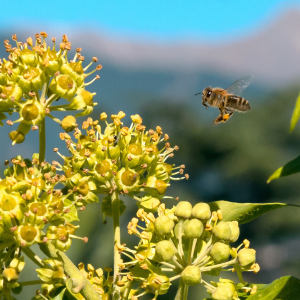
A Bee heading towards a plant.
The UK pollen calendar is quite long, but if you only suffer hay fever due to certain types of pollen, you’ll be on the safe side. This calendar will help you realise when your allergy season starts and how to deal with it.
- January: This month has a low pollen count, with mostly tree pollen starting its season like yew, hazel, alder, and willow trees. Most times, people confuse January hay fever symptoms for cold winter symptoms.
- February: Around seven tree pollen variants start showing up this month. These include alder, hazel, yew, willow, ash, elm, and birch pollen. This month is often the peak of pollen allergy season.
- March: Plane, poplar, and oak pollen make an appearance this month. However, it also marks the end of hazel pollen. Alternatively, it also becomes peak season for elm, alder, poplar, and willow, causing a rise in hay fever for those suffering from these tree pollen allergies.
- April: As birch, plane, and oak pollen peak, pine pollen starts showing up. Even though most tree pollen starts declining, grass, oil seed rape, and weed pollen start showing up. Nettel and plantain also begin their pollen season.
- May: During this month, it can get hard tracking pollen, and that’s why we recommend taking a pollen Allergy Test. Dock and lime pollen start their pollen season while pine and oil seed rape peak and end their season this month. While oak birch, and plane pollen stop peaking, grass pollen starts peaking up.
- June: Oil seed rape, oak, plane, and pine pollen come entirely to a halt in June while grass pollen keeps hitting its peak. In other news, mugwort pollen season starts.
- July: Lime pollen season ends while grass and nettle pollen season stops peaking. On the other hand, mugwort starts peaking.
- August: There is less pollen this month, and the dock and plantain pollen season end this month.
- September: Signalling the end of hay fever season, grass and nettle pollen season ends now. However, it starts getting chilly.
When does hayfever start?
Hayfever season starts as early as January and comes to a halt in September. We can categorise the hay fever season into three main categories. These are:
- Tree pollen season: It first shows up in January and stays up until June when pine and plane season ends.
- Grass pollen season: Grass pollen season is one of the longest seasons, starting in April and ending in September. Oil seed rape is quite a short season as it begins in April and ends at the beginning of June.
- Weed pollen season: This begins in April and ends in September, one of the last pollen seasons.
Treating hay fever
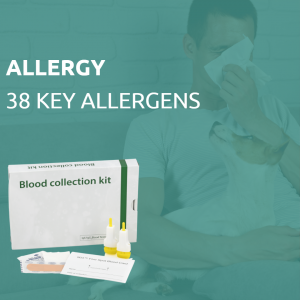
Our 38 Items Allergy Test
Since hay fever results from allergies, there is technically no way to cure it completely. However, the best first step is getting to know the pollen types that flare up your hay fever. An Allergy Test can help to determine the kind of allergy you have so that you can better learn how to manage it and therefore live a fuller, quality life. However, certain medications can help give instant relief when you’re suffering from hay fever symptoms. These include:
- Antihistamines tablets, syrups, or intranasal sprays: These are commonly available OTC that will help stop the release of the histamine chemical in the body. They are great at relieving symptoms like runny nose, itchiness, and sneezing. However, they can’t help unblock congested sinuses.
- Eye drops: These help treat itchiness and swelling in the eyes. You’ll often find that you may need to use them alongside other medications.
- Intranasal corticosteroid sprays: These nasal sprays are the most effective treatment for allergic rhinitis, especially for people with moderate to severe symptoms. These tend to offer safe and effective long-term treatment, and it can sometimes take a while to see the effects. Only regular use can result in effective results.
- Oral corticosteroids: Severe hay fever symptoms can only respond well to prednisone tablets which a doctor can only prescribe. You can only use these for short-term relief since long-term use causes osteoporosis, muscle weakness, and cataracts.
- Allergy immunotherapy: This can offer long-term relief from symptoms. It involves gradually increasing amounts of an allergen to improve tolerance and reduce the symptoms. This treatment involves slowly increasing amounts of an allergen to improve tolerance and reduce symptoms. This form of therapy helps reduce the severity of hay fever symptoms. The only way to conduct this form of therapy is under the close supervision of a professional.
Testing for pollen allergies
There are different pollen allergies, and you could suffer from any of them. An essential part of handling the symptoms is knowing the allergen/s causing those symptoms. Some people have extremely obvious causes, while others don’t. The best way to know your allergen/s is by taking an Allergy Test. The best thing about this allergy test is that you won’t have to find time to visit the doctor’s office and conduct multiple tests. All you have to do is order it online.
Once you order the test kit, you’ll receive it in your mail within three days. You can then follow the instructions on the package on how to collect your sample. After you’ve shipped it back to the labs, you will get your results within a week. Unlike most allergy tests, this one checks your blood against 38 common allergens in your food and environment. So, if you’ve always had a certain allergic reaction after eating, you will know the culprit once you take this test.
How to manage hay fever symptoms
It is best to minimise exposure to allergens to minimise hay fever symptoms.
- Pet dander minimisation: keep pets out of the bedroom or even out of the house.
- House dust mite minimisation: clean beddings weekly in hot water and cover mattress, quilt, and pillow with dust mite-resistant covers. Ensure you remove woollen underlays and soft toys from the bedroom.
- Mould minimisation: Clean with bleach and other mould reduction cleaners. Ensure your house gets adequate natural ventilation and avoid working with garden compost.
- Pollen minimisation: Stay indoors whenever possible during pollen season and avoid pollen contact like mowing grass. Shower after outdoor activities that expose you to lots of pollen and use recirculated air in the car during the high-pollen season. Wear sunglasses to avoid pollen coming in contact with your eyes, and dry your clothing and bedding inside.
Hay fever can cause quite a havoc if you have a pollen allergy. But it becomes a bit manageable once you know which pollen you’re allergic to since you’ll know when it comes around and try your best to avoid pollen contact. The fastest way to manage hay fever is by knowing which pollen you’re allergic to. You can get an Allergy Test online, which will be a good start at managing your hay fever symptoms.

